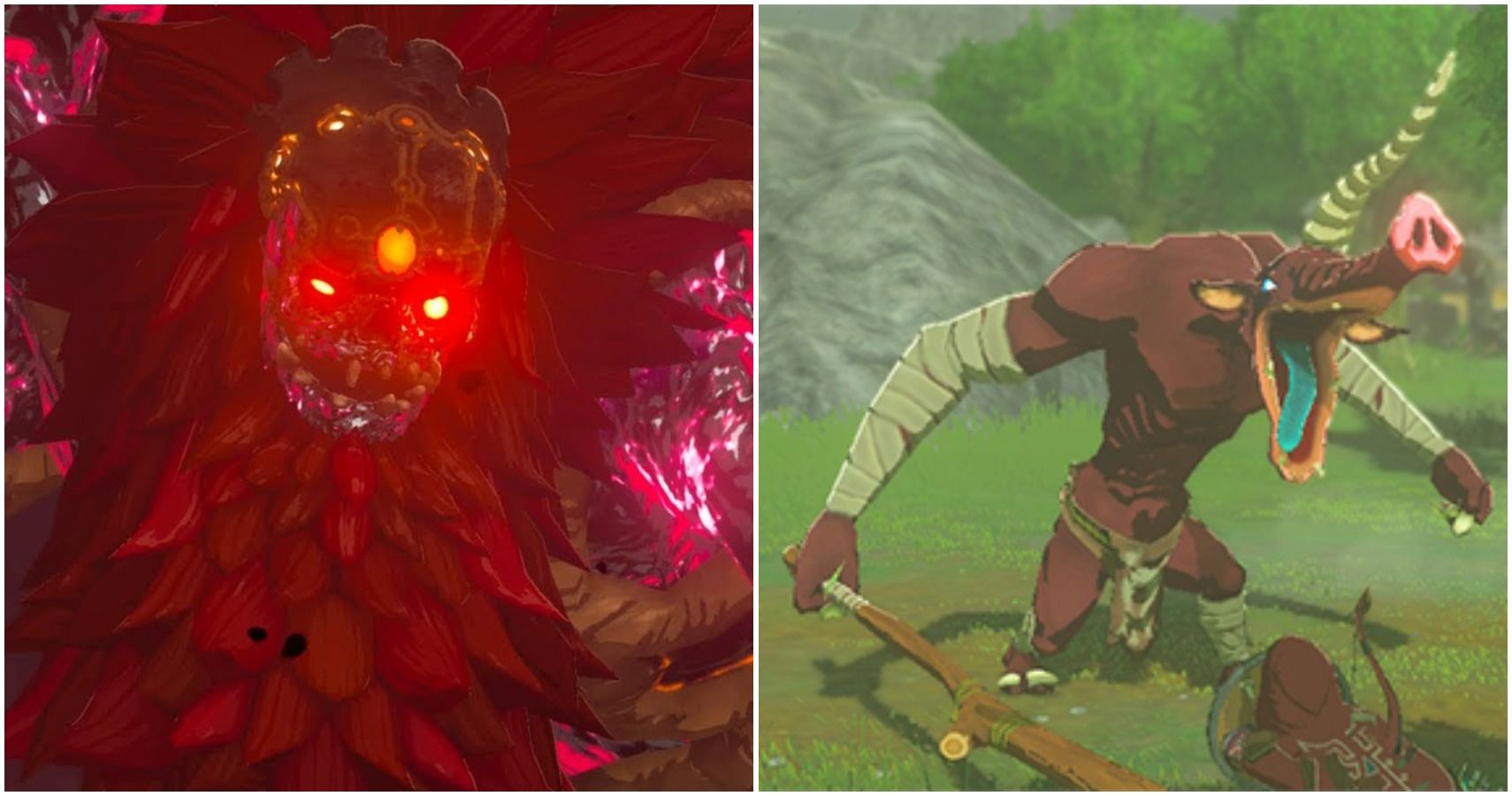

None of these concepts are anywhere near as interesting as the Leever being its own distinct, oddly shaped, energy-draining animal, but I do appreciate some aspects of this one from the N64 games. It's cool, but it feels almost too believable, like this Leever is basically just a big sea cucumber.Ī recognizable "mouth" would sadly become a norm for Leevers in later titles, and in some cases, they would appear to be the head ends of larger, burrowing worms or even flower-like carnivorous plants.

"3 Game Guide," meanwhile, gives the Leever what appears to be a mouth on the top of its body, and I can't say I'm a fan of Leevers with any obvious, readable anatomy. It will be pretty rare that my favorite version actually comes from Kadokawa Shoten, but their Leevers are actually the most intriguing to me, retaining the simplicity while turning the "spikes" into feathery antennae. They're like one of those abstract Ediacaran fossils we find and can't place into any particular phylum, and I feel like that's something of a lost art when it comes to video game monsters. They're scaly, warty gumdrops with four "horns" or "blades" and that's it. Leevers are a personal favorite of mine, creatures who tunnel up from the soil, constantly spin, supposedly "drain energy" from their victims, and most importantly of all, don't look like anything. Almost every one of 3's monsters will be worth showing off here when they aren't, they're still pretty nice illustrations, so be sure to hit up that History of Hyrule link and thank Melora for doing all the real work. This game guide was published by a company going only by "3," as I understand it, and whoever designed its monsters often took startling liberty with their designs, someone I imagine would have rather been concocting creatures for their own original project. Certainly not like this off-the-wall interpretation of the Octorok as some sort of dinosaur-frog-head with tentacle legs. Cute and fun, but nothing artistically ambitious.

One of those other two came to us by Million Publishing, and this one we're also going to skip for the most part, because they basically just traced over the in-game sprites. If you're still curious to see its take on every monster, then you'll want to check out the Game Art Gallery section over at History of Hyrule, where you can also see the remaining art from our other two guides! This Octorok came to use from Kadokawa Shoten publishing, and as you can see, this book didn't vary a whole lot from Nintendo's own artwork. Now, around the time this game debuted, at least a couple different third-party strategy guides showd up in Japan with their own completely original sets of artwork, and we're going to use the Octorok as an example of their different styles, but there's only one we're going to look at through most of this article.and you'll see why. This makes significantly more sense than the boulder simply flying from the throat of a gaping toothy maw, though on the other hand, it's not half as funny.
ZELDA MONSTERS MANUAL
The original manual art does not, however, do much justice to the Octorok's in-game sprite, which is almost more bug-like and emphasizes a huge, tubular, gun-like siphon. A giant octopus that not only walks around on land is a simple concept, but this giant octopus also fires rocks out of its mouth at deadly velocity, which is just unexpected enough to be immediately iconic. Why wouldn't we? The Octorok remains one of the most distinct and recognizable creatures in the franchise, and in fact, the very first monster Link can ever possibly encounter here in the very first game the Goomba of the Zelda franchise, sort of.

ZELDA MONSTERS SERIES
I've always been a bigger fan of the creative side of games than games themselves, and while you can certainly find a wealth of information on the Zelda series and its monsters, it's not often I've seen anyone sit down and really pick them apart as designs. Of course, if you've read much of this site, none of this really comes as a surprise at all. I spent hours doodling them on paper, sculpting them out of modeling clay, even making up my own stories where Tektites and Octoroks were major heroes instead of mindless mooks. It was the monsters, of course, that captured my attention the most, and I read their single-sentence profiles in the original game manual dozens of times over. I don't know what it is that's always stopped me, but back in the 80's, this was just another of those games I spent more time drawing and reading about than actually playing. I've got kind of a confession to make here: I'm DEFINITELY a fan of the monsters in the Zelda universe, but I've probably played less than half of a single Zelda game. With images courtesy Melora of History of Hyrule and Sprites via !Ī classic commercial clearly explaining what The Legend of Zelda is


 0 kommentar(er)
0 kommentar(er)
